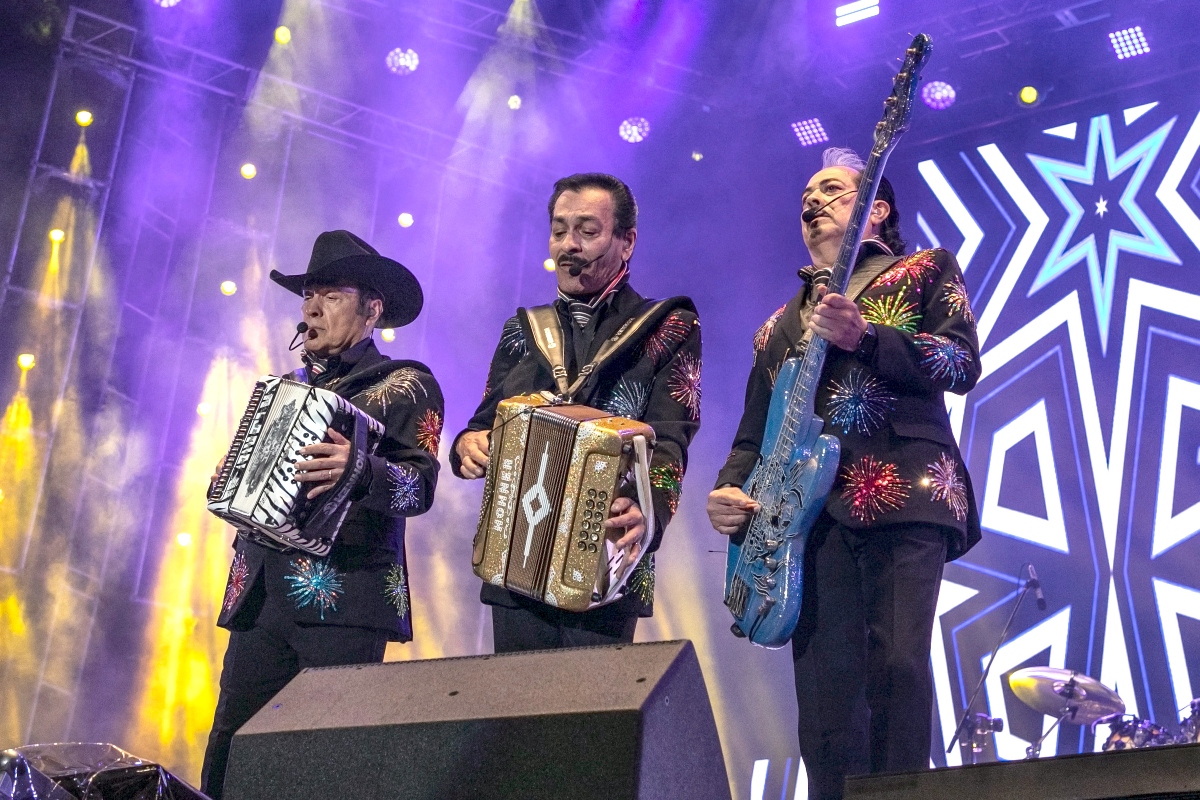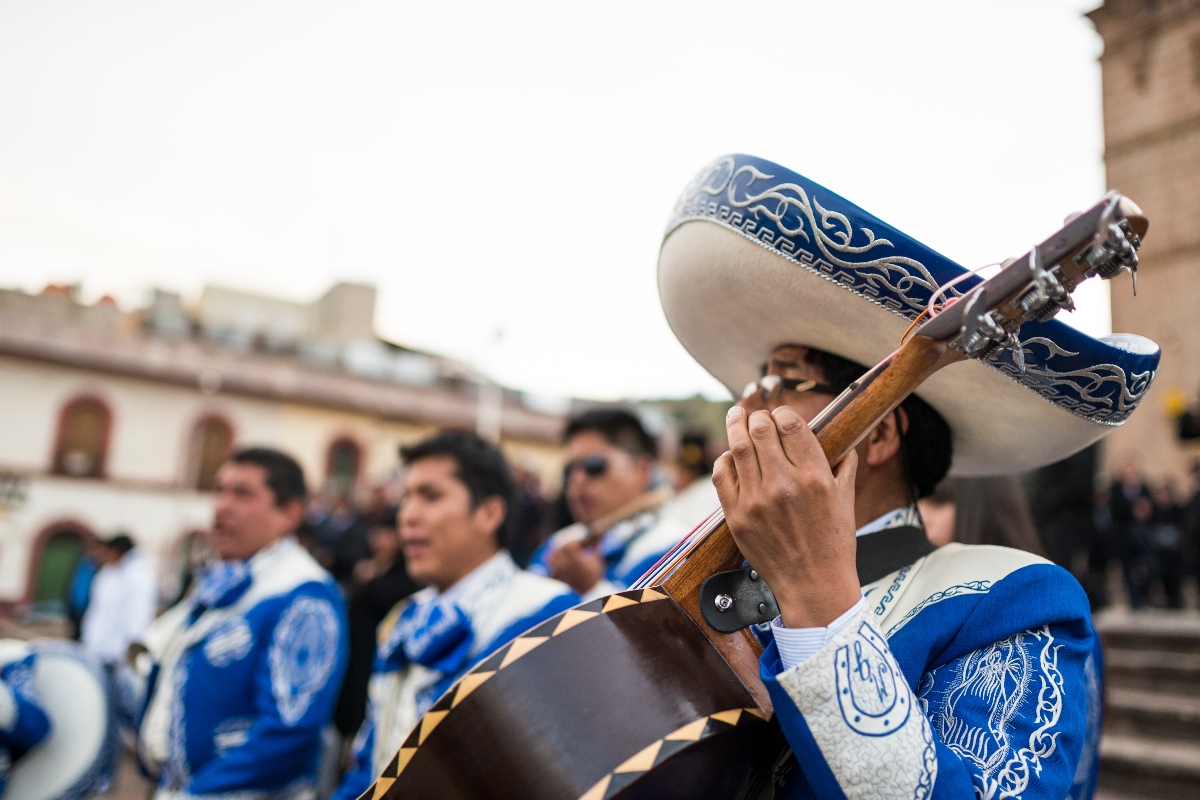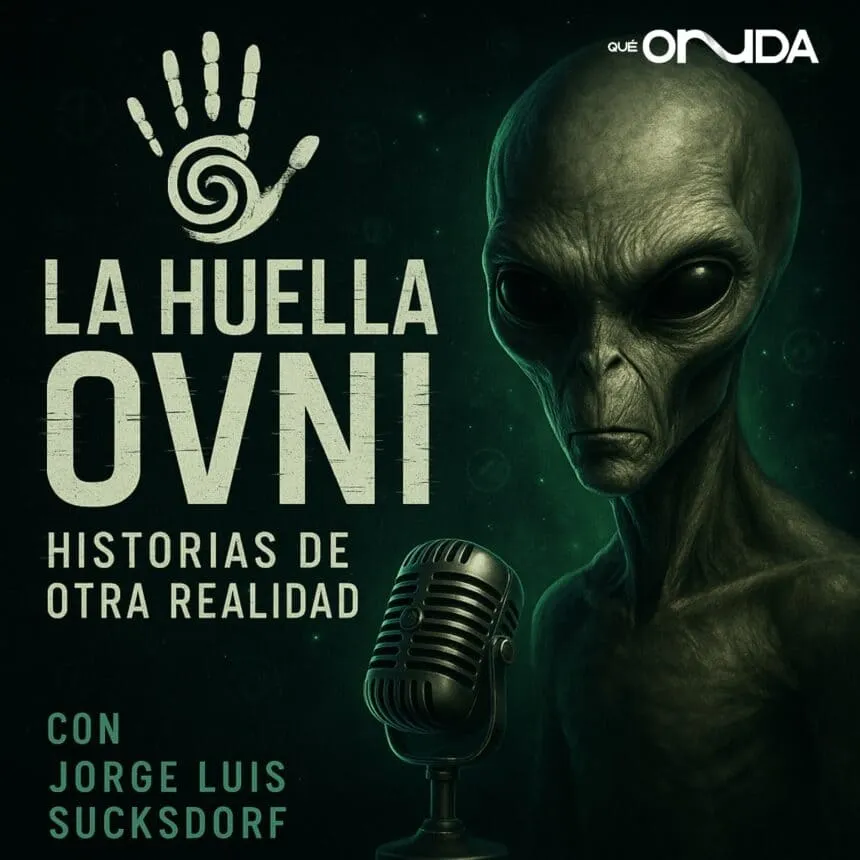Regional Mexican music is much more than a musical genre, it is a living chronicle of daily life, love, struggle and the pride of being Mexican. Through its lyrics, artists such as Vicente Fernández, Joan Sebastian and, more recently, Christian Nodal, have managed to capture the essence of entire generations.
“Songs tell stories that we have all lived,” Joan Sebastian once said, reflecting the narrative power of this genre.
Narrative in the rancheras

Rancheras are a true reflection of human emotions.
With lyrics that speak of impossible loves, painful farewells and hopeful reunions, songs like Volver, Volver and Hermoso Cariño have become anthems in regional Mexican music.
Through music, these stories connect people of all ages and geographies.
They not only narrate personal experiences, but also collective stories that resonate in the memory of millions.
The voice of the people

Since their origin, corridos have functioned as a means to tell true stories of heroes, tragedies and life in the countryside.
Legendary figures such as Los Tigres del Norte have used the genre to narrate the experience of migration, sacrifice and the daily struggle of Latinos in the United States.
Rancheras are a faithful reflection of human emotions
QueOnnda.com
Songs such as La Jaula de Oro and Contrabando y Traición reflect the life and challenges of the Hispanic community.
In addition, corridos have also addressed social issues such as justice, corruption and the resistance of the Mexican people in the face of adversity.
At the present time

Today, regional Mexican music has evolved to incorporate new stories that reflect modern times.
The “corridos tumbados” of artists like Natanael Cano have brought a fresh perspective, fusing the traditional with today’s urban culture.
This evolution demonstrates that gender remains relevant and adaptable to social change.
The narrative of these songs now also addresses issues such as city life, social networks and the new aspirations of Latino youth.
Musical Narrative

Regional Mexican music has profoundly influenced the identity of the Hispanic community in the United States.
Songs that tell stories of love, sacrifice and dreams fulfilled have become the soundtrack to the lives of many migrant families.
The lyrics of these songs transcend generations and continue to resonate at events such as weddings, family reunions and community celebrations.
For more information, visit QueOnnda.com.














